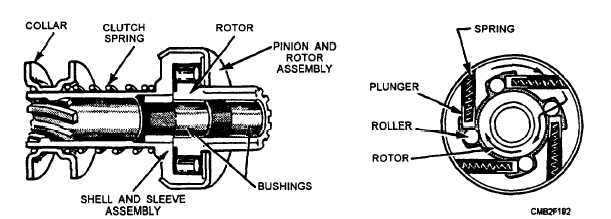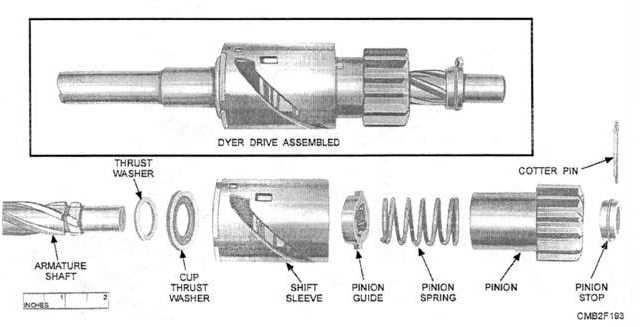
Figure 2-39. - Typical overrunning clutch.
and plungers hold the rollers in position in the tapered notches. When the armature shaft turns, the rollers are jammed between the notched surfaces, forcing the inner and outer members of the assembly to rotate as a unit and crank the engine.
After the engine is started, the ring gear rotates faster than the pinion gear, thus tending to work the rollers back against the plungers, and thereby causing an overrunning action. This action prevents excessive speed of the starting motor. When the starting motor is released, the collar and spring assembly pulls the pinion out of mesh with the ring gear.
The DYER DRIVE (fig. 2-40) provides complete and positive meshing of the drive pinion and ring gear before the starting motor is energized. It combines principles of both the Bendix and overrunning clutch drives and is commonly used on heavy-duty engines.
A starter solenoid is used to make the electrical connection between the battery and the starting motor. The starter solenoid is an electromagnetic switch; it is similar to other relays but is capable ofhandling higher current levels. A starter solenoid, depending on the design of the starting motor, has the following functions:
Closes battery-to-starter circuit.
Rushes the starter pinion gear into mesh with the ring gear.
Bypass resistance wire in the ignition circuit.

Figure 2-40. - Dyer drive.
Continue Reading